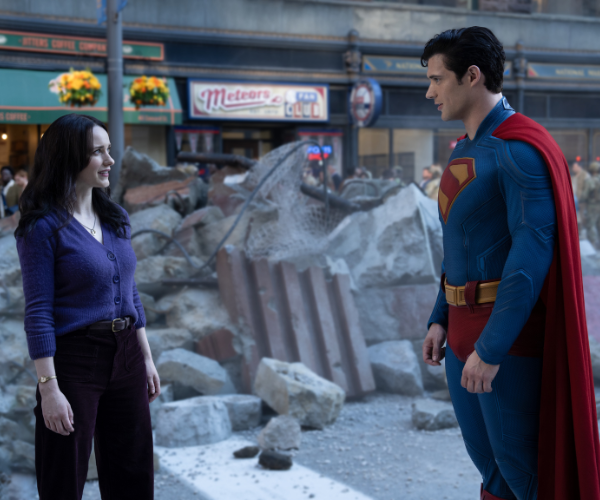In a third-floor, attic-like room overlooking the pews and sanctuary of Pilgrim Congregational Church in Tremont, three women leap, twirl and lift one another across a makeshift stage, oblivious to the sweat a small upright fan is unable to overcome.
In the middle is Joan Meggitt, the artistic director, principal dancer and founder of Antaeus Dance, a modern-dance performance group.
A Cleveland native and product of Case Western Reserve University's graduate dance program, Meggitt started Antaeus three years ago. As a company-in-residence at the church, Antaeus receives an office and a 96-seat theater for performances.
But the sweat on Meggitt's brow lingers long after rehearsal ends — not an uncommon sight around Cleveland these days. In the last five years, the number of contemporary dance companies has more than doubled. From a handful in the late 1990s, today there are more than 20 companies, including ethnic ensembles such as African Soul Dance.
This recent flourishing in Cleveland's dance scene, though exciting, could be difficult to maintain as almost all the companies vie for the same pool of limited funds, cheap rehearsal space and dancers willing to rehearse without pay.
Modern dance, an abstract art form that rebelled against the rigid formality of classical dance in the early 1900s, started making inroads here in the 1990s with companies such as GroundWorks Dancetheater and The Repertory Project, now known as VERB Ballets. But with the classical Cleveland San Jose Ballet taking up much of the spotlight and audience, smaller modern-dance companies had few (though dedicated) followers.
Some in the dance world attribute the large number of new companies to the demise of the CSJB in 2000. "The ballet so overshadowed everything else," says Randy Rollison, producing artistic director at Cleveland Public Theatre, a major venue for small, contemporary dance companies. "People didn't notice what else was going on [before] and the other groups sprang up in the new light."
Still others say the ballet's closing did leave a void but had no direct effect. Instead, increasingly stronger dance programs at area universities unleashed a stream of talented dancers and choreographers looking to stay and work in the region.
So, despite the struggle many new companies encounter, observers such as Rollison say the plethora of companies is proof that modern dance has finally established itself in Cleveland.
The evidence goes back to 1997, when CPT began its annual Danceworks festival, a showcase of local companies. Over the years, the event has outgrown its original 120-seat theater and is now staged in a larger 170-seat venue. Starting this winter, Danceworks will take place twice a year because there are so many companies.
For six weeks this summer, seven dance companies performed on Cain Park's stages. And earlier this year, for the first time in Cleveland's history, the city was a site for the Dance/USA tour, a professional development program that picks a few cities every year based on their infrastructure of audience, dancers, companies, financial supporters and community organizations.
But that infrastructure lacks public-sector funding, which leaves the arts weak and vulnerable, and leaves dancers such as Meggitt struggling to make ends meet. Often, dancers must support themselves with a full-time job or the help of a spouse.
"Cleveland and Cuyahoga County have a piece missing in the model of arts funding," says Tom Schorgl, the executive director of Community Partnership for Arts and Culture, a nonprofit that campaigned for the countywide arts-funding levy that failed in March by 3.5 percent.
"Private foundations are one piece," Schorgl says.
But compared with other culturally rich regions such as Columbus, Cincinnati, Indianapolis and Seattle, Cleveland alone does not have systematic public arts funding.
"We have a diversified base of arts and cultural organizations and what we lack is the ability to sustain them through public support," explains Schorgl.
sAttrition is almost inevitable.
"I think we're going to have a natural decline very soon. It's very tough to maintain," Rollison says about the many new dance companies. "There is enough audience. -- The bigger question is if foundations and private grantors have enough money to support all these companies."
The answer is no, according to Kathleen Cerveny, a senior program officer for arts and culture at the Cleveland Foundation, a primary dance benefactor.
"I'm concerned by the number of dance groups that think there will be substantial funding for each and every one of them," Cerveny says. "It's our hope we can figure out how to support creativity and artists in dance."



